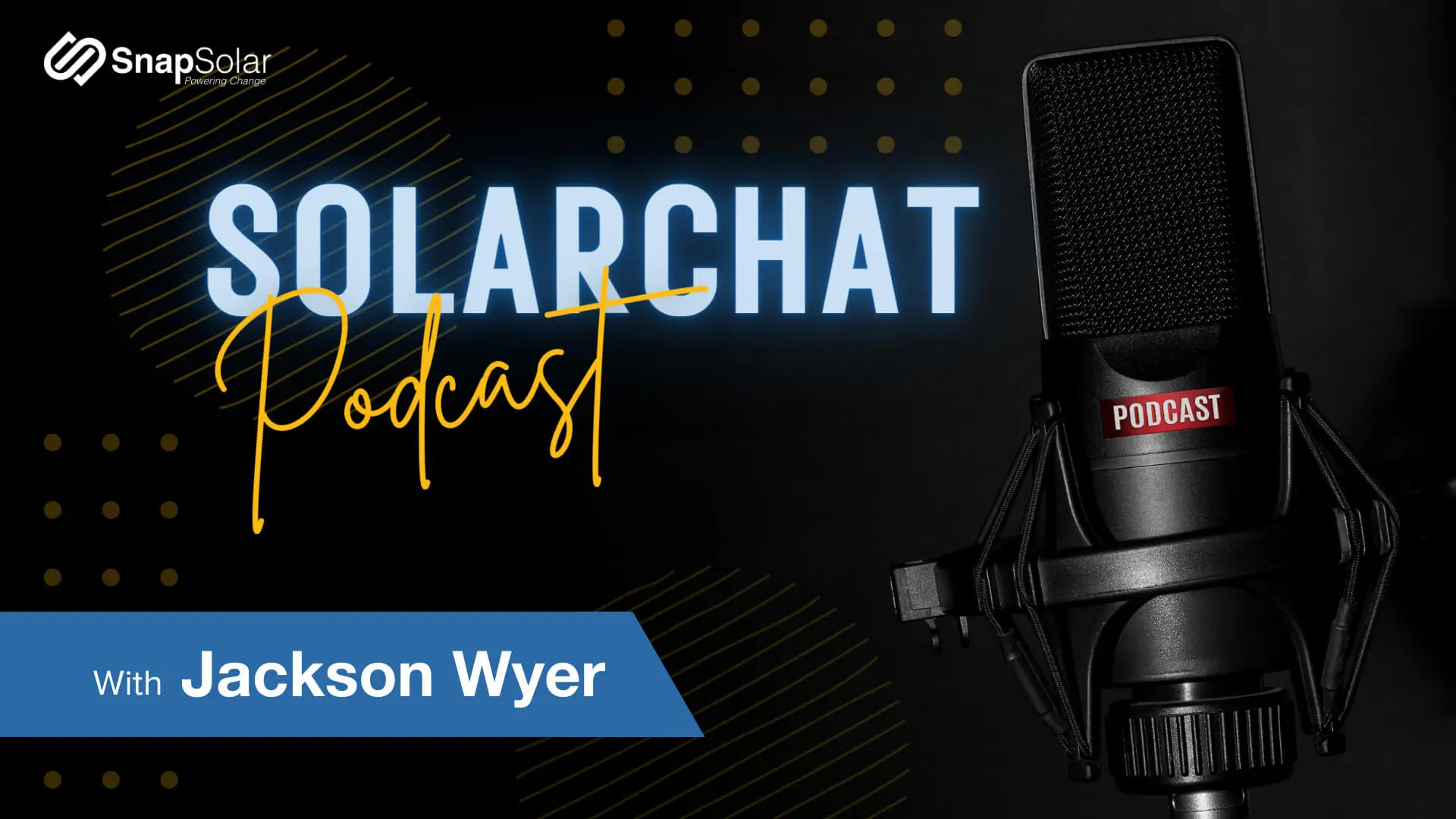Jackson Wyer touches on everything you need to know before going solar in 2023. Learn about building consumption, meter reading, tariffs, and service fees.
Transcription
Jackson: Hey what’s up guys, Jackson Wyer from SnapSolar. Today we’re going to be covering everything that you need to know before going solar in 2023!
Jackson: Before getting caught up in all the excitement of technology and the wonderland of solar, there’s a couple of things that you need to know before going and inquiring about solar. On a typical ergon electricity bill, consumption is located on the first page about halfway down, under “Compare Your Usage”
Jackson: Consumption is important and you want to think of consumption much like fuel economy and fuel of your car. Your home’s consumption is much like liters per hundred with electricity accounts it’s measured in kilowatts or kilowatts per day.
Jackson: Now that you understand your home’s consumption and your daily consumption of your property, we can start to look at the property and look at the time of use consumption. Time of use consumption is important because that breaks it down for us with when is the home needing electricity and when will that electricity be being used.
Jackson: Typically solar only works during the day and a typical connect solar inverter without a battery will only offset power during the day, so it’s important to note what loads are running through the day so that you can adequately size the system to suit. Typically gid connect solar systems only offset power that’s being used during the day. Examples of this are pools, hot water systems or when the customers home and using aircon use and things like that.
Jackson: A typical base load for a residential in North Queensland is anywhere from 250 watts to about 500 watts base load. Now that you understand how to read your electricity bill and you’ve seen where to find the daily usage of your property; I.E in this case, 14 kilowatts. We can then look at that and go when is that power being used?
Jackson: A great way as a homeowner that you can track your power usage is to go out to your meter board and read your meter. If we read our meter in a 12-hour period, I.E 8 am to 8 pm, we can then break down our daytime usage versus our nighttime usage. To keep things simple, for a 14-kilowatt home, a daytime usage may be 7 kilowatts and a nighttime usage of 7 kilowatts, therefore a typical storage needed for a property of this size would be 7 kilowatts of storage. A customer can then approach a solar company with this data and get an appropriately sized system, for the company it would be clear for the homeowners and owner’s nighttime usage and the homeowners day time usage. This comes into effect if a client would like to invest in battery storage or whether a grid connect solar system is suffice for the property.
Jackson: Now you’ve gone through and you’re able to read your electricity bill and you’ve broken down your home usage. Another key thing to note on electricity is tariffs, there are multiple tariffs used, the most commonly used on residential is tariff 11 general supply.
Jackson: Another tariff that’s commonly used is tariff 31 and 32, these are known as time-of-use tariffs or off-peak tariffs. Generally used for heating hot water systems, pumping and things alike, traditionally when solar is installed the solar company will remove tariff 33 and 31, we’ll move these across to general supply tariff 11. Upon doing this we time and programmed these loads for things like hot water systems, we time these loads to run during the day when your solar is running. So that your solar system is now heating the hot water and you’re no longer paying for that load, this is the most effective way to handle time of use consumption loads and it’s the most affordable way to heat your hot water system.
Jackson: Another key figure to note on your account is your meet a service fees and account-keeping fees. Typically on an ergon account, these make up about a dollar to a dollar twenty per day of service fees and service charges. These are outside of your usage and attached to your account payable either monthly or quarterly depending on your account. Service fees will always be attached to an account even after the solar is installed.
Jackson: So therefore guys things like consumption, time-of-use consumption, base loads and service fees are all things that you can offset by installing a solar system.
Jackson: Thanks for tuning in guys and watching the first of our mini-series of everything that you need to know before buying solar in 2023. Next week we interview the boys from Q Cell and they’re going to load us up with all the new product range for 2023 and all the technology that they’ll be releasing throughout the next year.
Jackson: Stay tuned! we’re going to dive into product reviews, tech talks, interview the masterminds of our industry and get excited about all the new things coming to the market for 2023! Alright guys, stay tuned, see you next week.
Get Your FREE Quote Today & Save $$$!
Contact our team today and we'll get back to you as soon as possible to discuss your solar needs!
Get a FREE Quote


